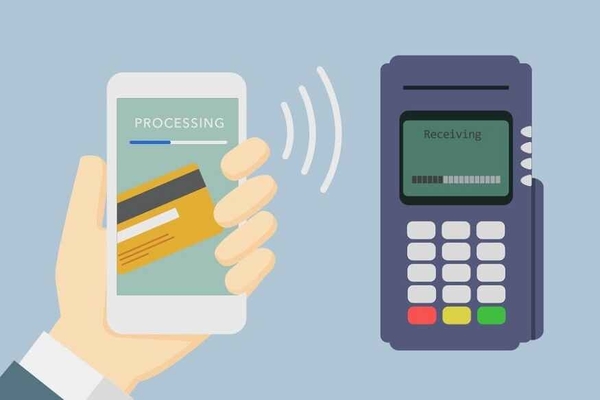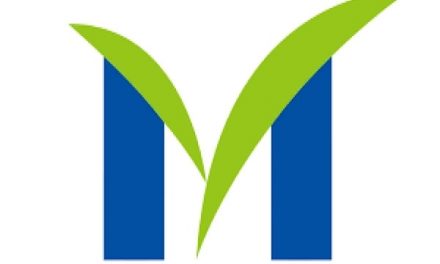After increasing the loan disbursal limit from Rs 10 lakh to Rs 50 lakh for peer-to-peer (P2P) lending platforms, RBI has now introduced a new type of semi-closed prepaid payment instruments (PPIs) for the Indian consumer.
According to RBI, the new PPI can be used only for the purchase of goods and services up to Rs 10,000 per month and Rs 1,20,000 during the entire financial year.
The loading/reloading of such PPI will be only from a bank account, and customers will be able to make only digital payments, including bill payments and merchant payments.
The consumers can use this feature to make their daily payments at local shops and retail outlets for the purchase of everyday household goods and services but cannot be used for funds transfer.

Importantly, banks and the existing non-bank PPI players will have the authority to issue PPI after obtaining minimum details of the PPI holder.
However, it is mandatory for these issuers to provide an option to close the PPI at any time and also allow to transfer the funds ‘back to source’ at the time of closing, said a statement issued by the central bank.
The minimum details required include a mobile number verified with One Time Pin (OTP) and a self-declaration of name and unique identification number of any ‘mandatory document’ or ‘officially valid document’ (OVD) listed in the ‘Master Direction – Know Your Customer (KYC) Direction, 2016’ issued by the Department of Regulation, RBI, the statement said.
It would be interesting to track how this PPI machine, which has been introduced with an intent to give impetus to small value digital payments and for enhanced user experience, will prove beneficial to wallet companies including Paytm and PhonePe who have kind of hit a roadblock due to the high cost of KYC compliances.












